The trials of collecting snowdrops: 'Is there no love for a Heffalump or a Grumpy?'
A galanthophile’s work is never done, says Michael Heseltine, as he tells us about his family's floral hobby; collecting snowdrops.
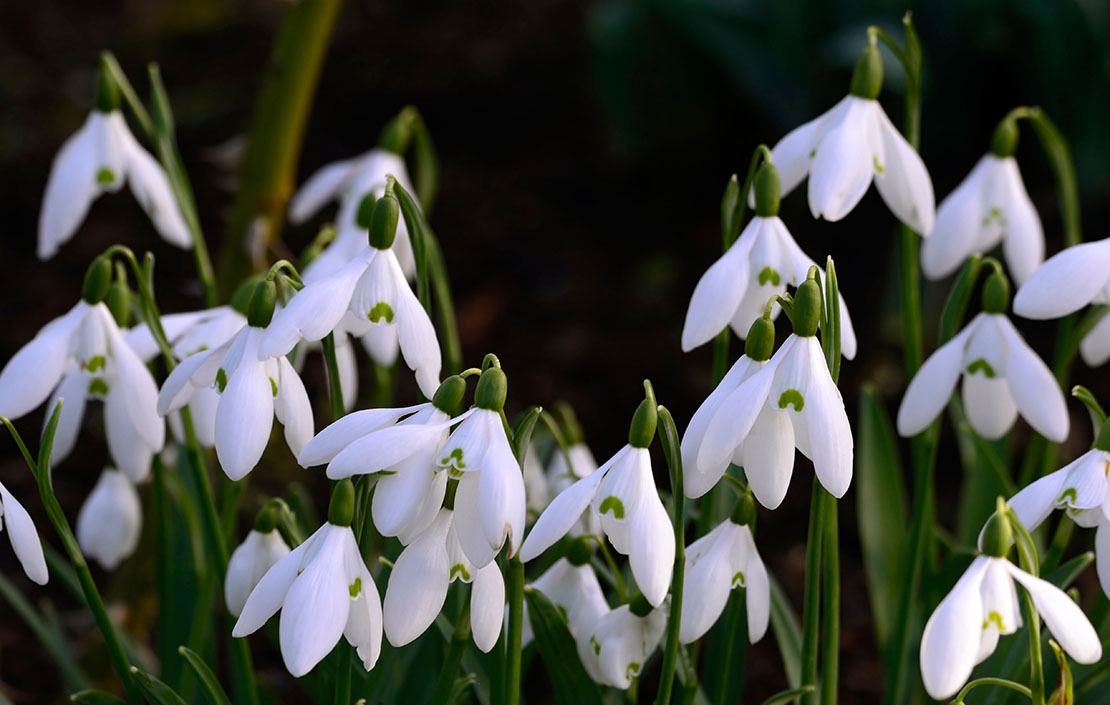

There are two extremes in the world of collecting: the broad brushers and those close to mania. That’s certainly the case in our family.
Anne, my wife, will travel miles in the chilly late winter to enjoy the reassurance of the white fields of hope and renewal in Exmoor’s woodlands, but I’m at the manic end of the horizon: we have 700 named snowdrops.
At Thenford, we can’t compete with those English treasures and their breathtaking vistas, but, of course, we try – painstakingly, we have divided our Galanthus nivalis, creating ever widening drifts. After 40 years, it’s amazing what you can achieve.
'We’re in too deep now. Catalogues are scoured, swaps negotiated, expensive bulbs divided by twin scaling.'
People we met shortly after we moved to Thenford in 1976 are responsible for the first steps along the journey.
We had a major challenge to replant 40 acres of derelict woodland. With a certain urgency – a prospective job in Margaret Thatcher’s Government in 1979 – we consulted the late Sir Harold Hillier. In accepting his proposal, which included several species or hybrids of a range of different trees and shrubs, it was but a short step to expand this collection. Today, we have more than 4,000.
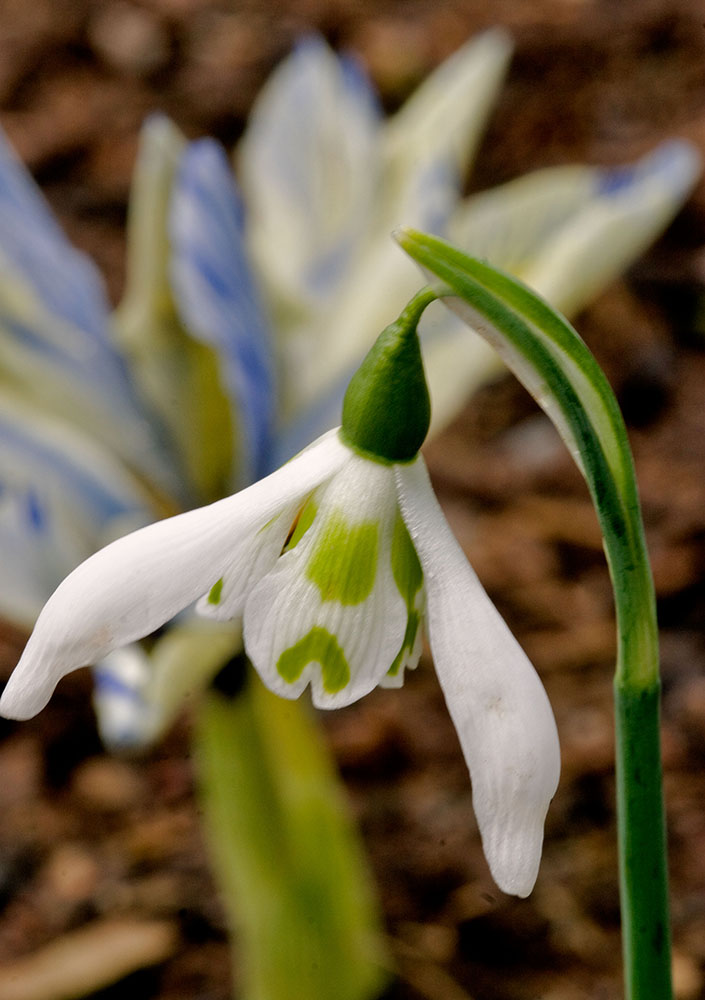
Our friendship with Henry and Carolyn Elwes – who have a collection of unsurpassed scale in quality and variety in Colesbourne, Gloucestershire – was the spur that sent us along the snowdrop road. It seemed an inconsequential step to accept Carolyn’s offer of a visit and a few bulbs.
‘Where is their heart in front of Tiny Tim or Baby Arnot? Can they not see the power in the Whopper? ’
Of course, people are polite when I claim we have more than 700 varieties, even if they express little enthusiasm for the invitation in bleak midwinter to a closer examination. Behind my back, one detects the thought that perhaps all that politicking has finally brought the old boy down.
Sign up for the Country Life Newsletter
Exquisite houses, the beauty of Nature, and how to get the most from your life, straight to your inbox.
I despair that they can be so insensitive. Where is their heart in front of Tiny Tim or Baby Arnot? Their patriotism when faced by Lord Kitchener? Do their spirits not soar before Dame Margot Fonteyn? Can they not see the inherent power in the Whopper or the elegance of Lord Lieutenant? Is there no love for a Heffalump or a Grumpy?
I fight back defiantly. Think of those album collections, with space for every stamp of a time or country. People scour the rubbish dumps of Victorian England for medicine bottles and, don’t say it, the Dutch went mad over tulips, but it’s no good arguing.
There’s a mental block, allegations that they’re all the same or of so minimal a distinction as to be indiscernible to the naked eye. We collectors know better. Once you get your eye in, you can spot the differences at a glance.
We’re in too deep now. Catalogues are scoured, swaps negotiated, expensive bulbs divided by twin scaling to delude ourselves that each of the 10 bulblets only cost a tenth of the original purchase. David and Margaret MacLennan, a major encouragment, have well over 1,000 varieties. We have to try harder!
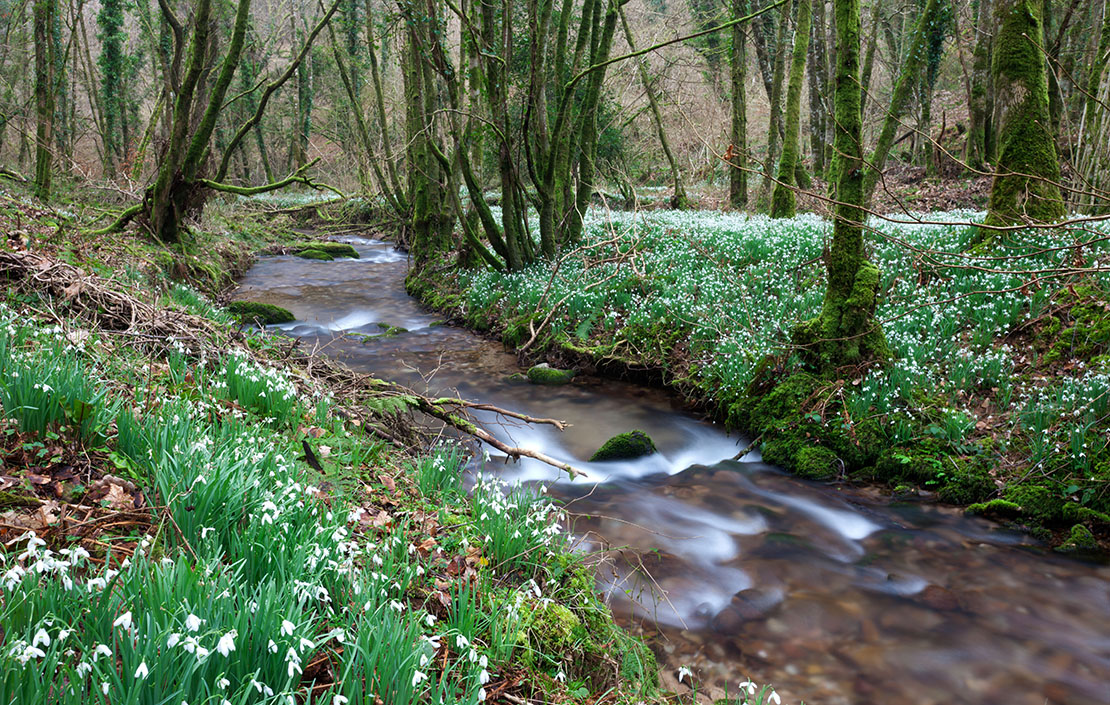
As I sat down to write this piece, I counted through our catalogue. I was surprised to find there are 20 different species in our collection. Alarm bells ring. In The Genus Galanthus (1999), Aaron P. Davis refers to 18. That’s the world of horticulture, wherein our intellectual masters are always discovering new things and changing the names of the old.
'I walked around before finishing this article on December 15. The place was full of snowdrops in full flower.'
For me, snowdrops are harbingers of spring, new hope, defiance against the elements. A time to start again, to strengthen my back as the early spring sun sends its annual message of a new beginning. But I have a problem here: Galanthus reginae-olgae flowers in the autumn. There’s nothing I can do except exclude them from the collection, which would be counter-cultural.
We had 29 reginae-olgae snowdrops, many in flower as autumn fought its losing battle. There were still rosebuds, banks of autumn colour, the odd struggling herbaceous flower. It’s not right. Over the centuries, snowdrops – snowbells – were booked to appear near Candlemas Day (February 2). They were the frontline troops, stark against a world without colour, without heat, kept alive by frozen memories of what once was. Then, here they are suddenly, overnight, beckoning us to look up, smile, fight on. Another day is dawning. The world lives.
Global warming has much to answer for. I walked around before finishing this article on December 15. The place was full of snowdrops in full flower.
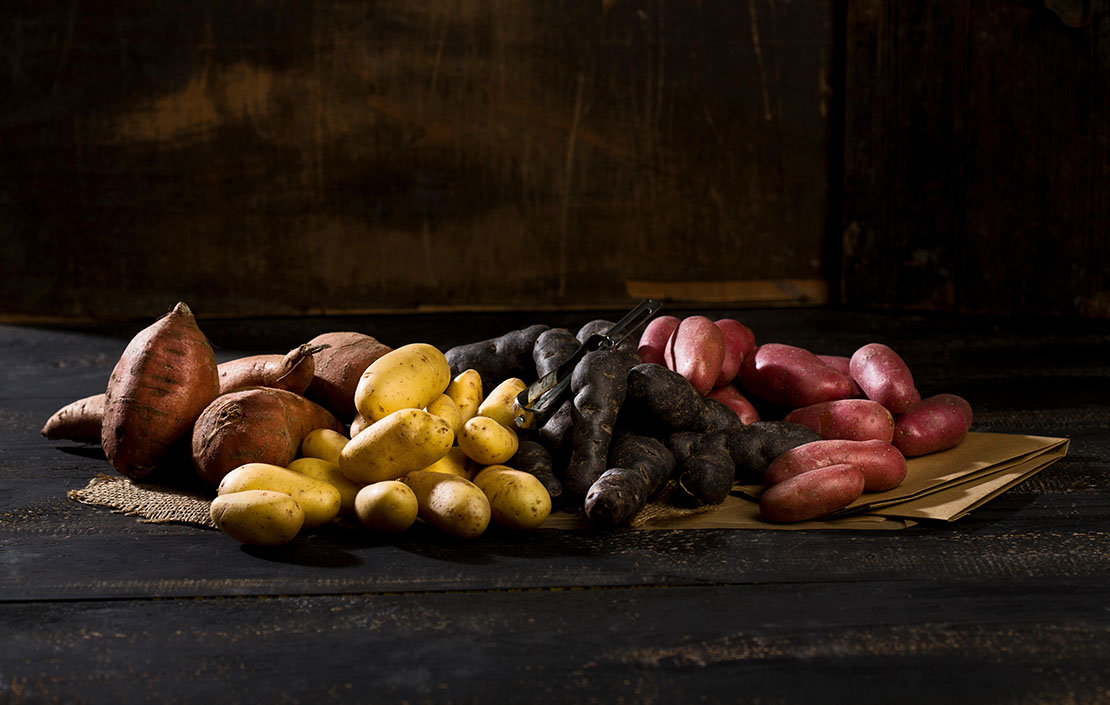
Why you should grow your own potatoes and the 8 varieties you need to try when you do
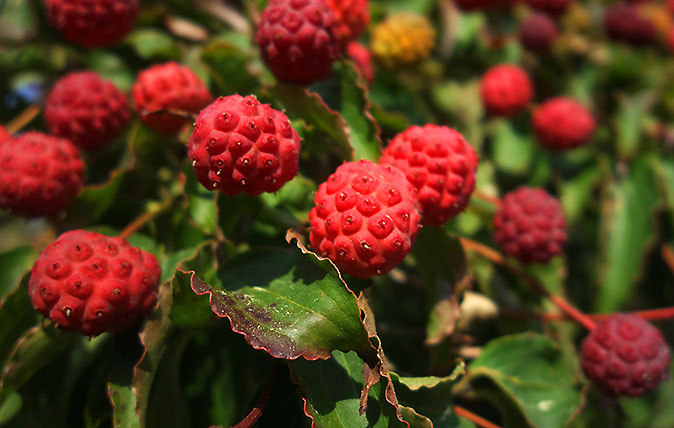
Across Britain, bizarre fruits have appeared – thanks to the freezing snows and blast-furnace heat of 2018
Britain's brutally-cold winter followed by a scorchingly hot summer have caused all manner of wonders to appear in our gardens,

Credit: Strutt and Parker
Best country houses for sale this week
An irresistible West Country cottage and a magnificent Cumbrian country house make our pick of the finest country houses for
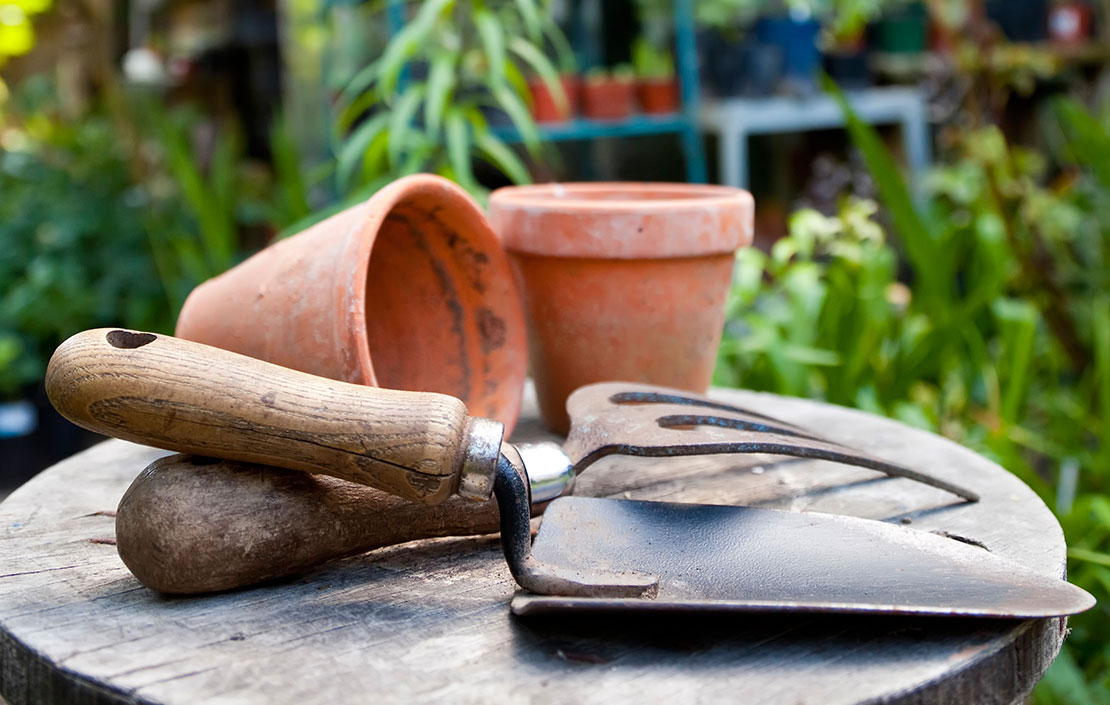
Credit: Alamy
Country Life’s best gardening tips of 2018: Wisteria, Christmas trees and getting rid of box moth caterpillars
Our panel of experts includes writer and broadcaster Alan Titchmarsh and Charles Quest-Ritson, author of the RHS Encyclopedia of Roses
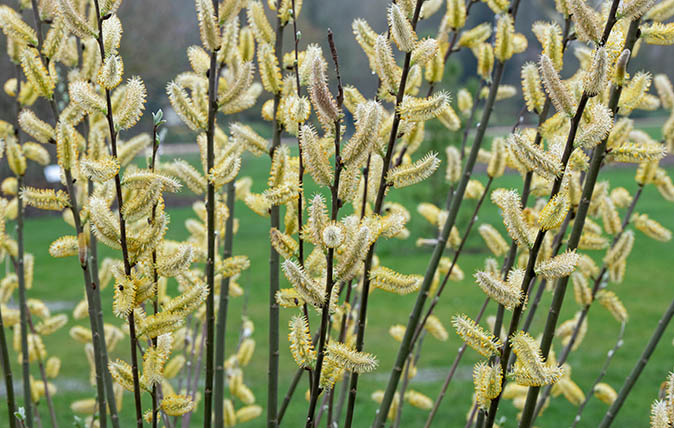
What to plant if you're thinking of putting a willow in your garden
Charles Quest-Ritson offers advice on this incredibly vibrant plant.
Country Life is unlike any other magazine: the only glossy weekly on the newsstand and the only magazine that has been guest-edited by HRH The King not once, but twice. It is a celebration of modern rural life and all its diverse joys and pleasures — that was first published in Queen Victoria's Diamond Jubilee year. Our eclectic mixture of witty and informative content — from the most up-to-date property news and commentary and a coveted glimpse inside some of the UK's best houses and gardens, to gardening, the arts and interior design, written by experts in their field — still cannot be found in print or online, anywhere else.
-
 Designer's Room: A solid oak French kitchen that's been cleverly engineered to last
Designer's Room: A solid oak French kitchen that's been cleverly engineered to lastKitchen and joinery specialist Artichoke had several clever tricks to deal with the fact that natural wood expands and contracts.
By Amelia Thorpe
-
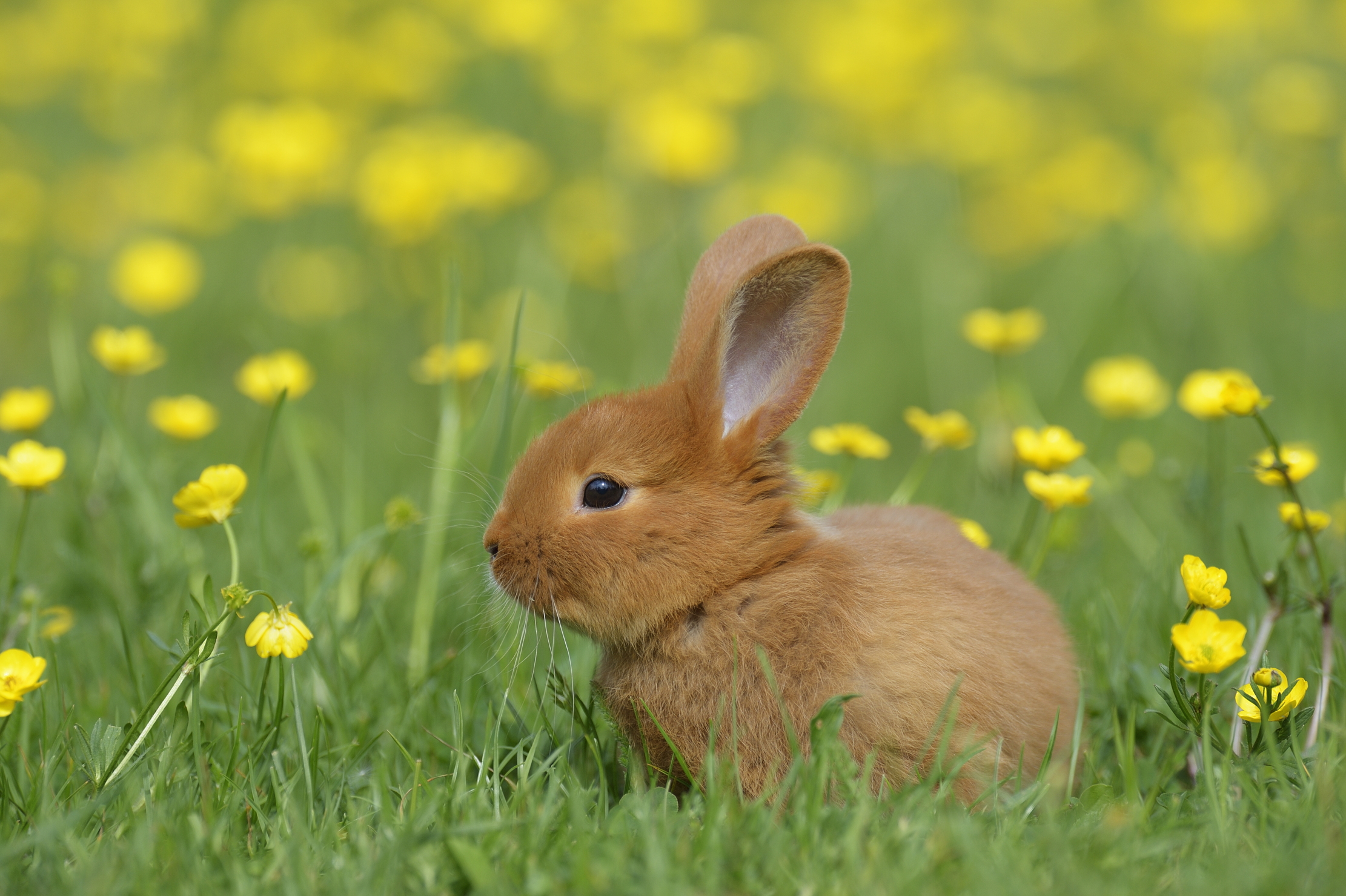 Chocolate eggs, bunnies and the Resurrection: Country Life Quiz of the Day, April 18, 2025
Chocolate eggs, bunnies and the Resurrection: Country Life Quiz of the Day, April 18, 2025Friday's quiz is an Easter special.
By James Fisher